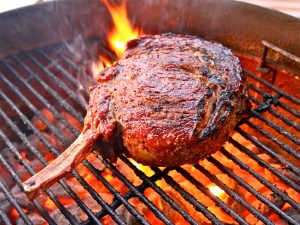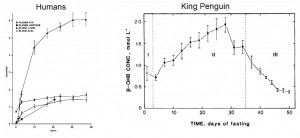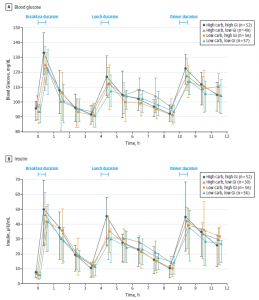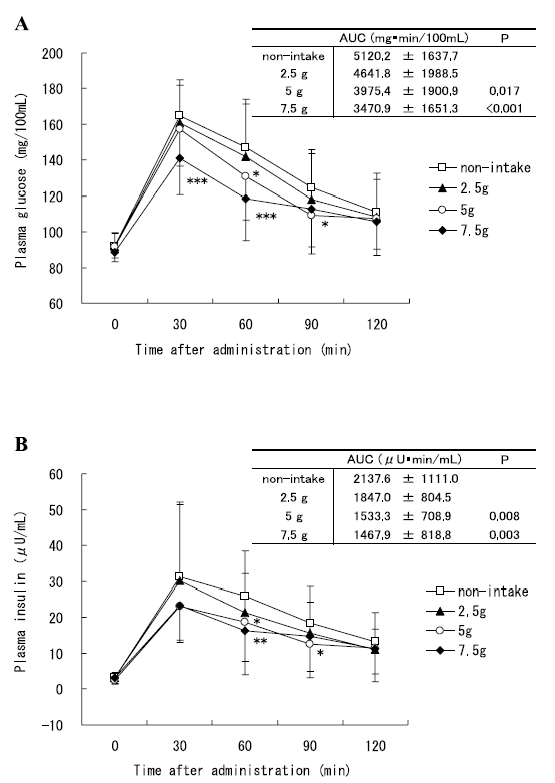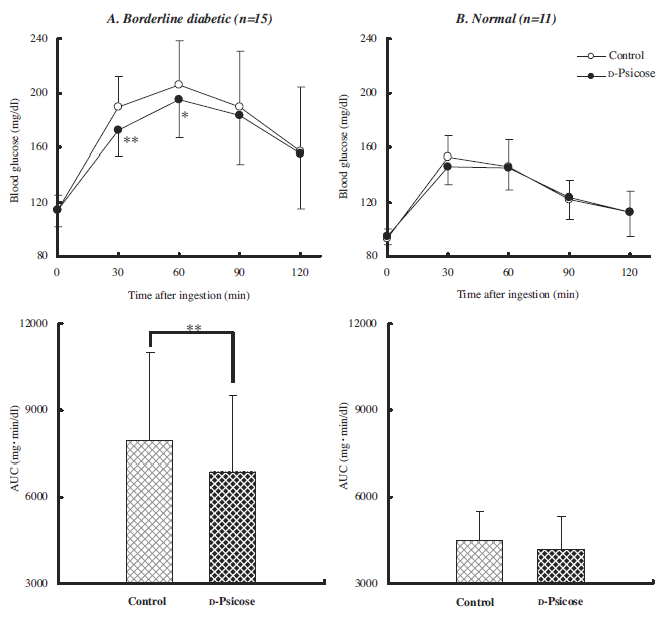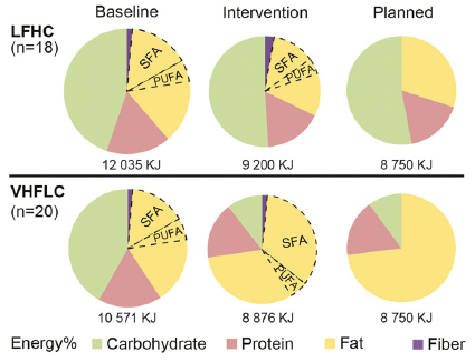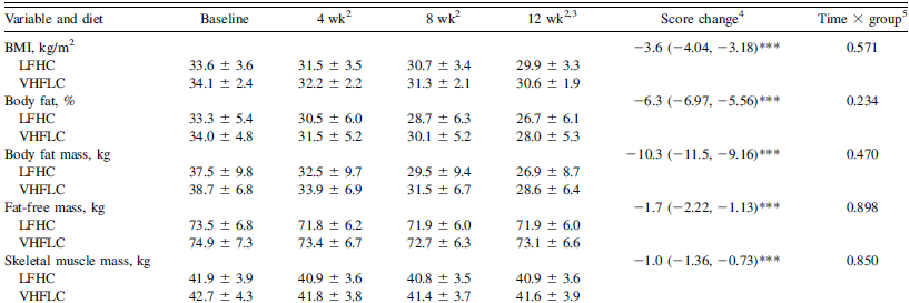Full article open to everyone over at Patreon! <- link
What’s more anti-cancer than ‘shrooms and isothiocyanates?
Affiliate discounts: if you’re still looking for a pair of hot blue blockers, Carbonshade is offering 15% off with the coupon code LAGAKOS and Spectra479 is offering 15% off HERE. If you have no idea what I’m talking about, read this then this.
20% off some delish stocks and broths from Kettle and Fire HERE.
If you want the benefits of ‘shrooms but don’t like the taste, Real Mushrooms makes great extracts. 10% off with coupon code LAGAKOS.
Caffeine, large meals, and bright light in the evening induce circadian misalignment. That’s why these are better suited earlier in the day.
Caffeine reduces sleep pressure (which is supposed to start low in the morning and peak shortly after sunset) and delays melatonin onset (Burke et al., 2015). After dinner, make it a decaf or just pass.
Caffeine is an adenosine antagonist, and the accumulation of adenosine in the brain throughout the day is thought to be a chemical mediator of sleep pressure. Caffeine also delays and reduces melatonin, which increases your sleep needs, or at least time in bed/darkness.


